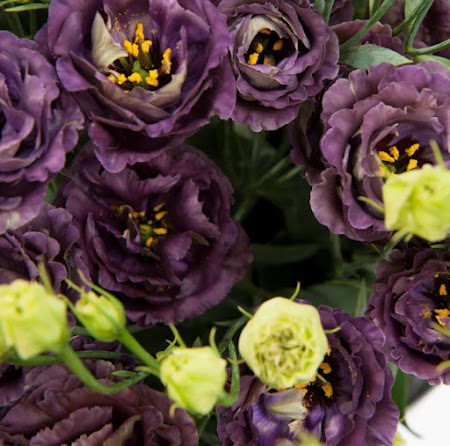Critical Factors That Affect Lisianthus Plant Growth
The delicate perennial lisianthus flower is frequently produced as a yearly plant. Lisianthus is relatively difficult to cultivate but it is rewarding if you appreciate cut blossoms. It has big, bell-shaped, white, and purple blooms with fanning petals that bloom across one or even more tall stalks. Cut lisianthus blossoms bloom in the autumn and spring and can persist for around 14 days. They are praised for resembling roses yet surviving in vases longer.
Lisianthus develops gradually from lisianthus
seeds when cultivated as a yearly garden flower and blooms within five
to six months. Growing lisianthus can be challenging. This flower has a
tendency for being picky. The valued floral stalks loved by floral decorating
amateurs must be grown in suitable soil, with cautious watering, meticulous
nourishment, and occasional staking.
The following are the different factors
that can affect the growth of your lisianthus plant:
Light
A lisianthus plant needs at minimum six
to eight hours of direct sunlight each and every day, so place it in a location
with direct sunlight. If your location receives extremely hot summers, then you
do not have to stress much about sunlight, afternoon shade can be good enough
for your lisianthus plant. Your lisianthus can have stronger leaves and
blossoms if it receives more regular sunlight.
Water
It is important to provide your
lisianthus plant with sufficient moisture; however, you must prevent them from
getting too wet. Your plant may become infected with fungus if you overwater
it. In case, you are able to create a drip irrigation system, it would be best
to provide your plants with water right at their roots, where it is much
needed. While it is necessary that you allow the soil to dry in between, you
must make sure that the plant does not dry out as well.
Fertilizer
Lisianthus flowers require steady
nutrition to grow strong, branching plants with many blossoms. Pick a good
fertilizer for flowers that has a ratio of potassium to nitrogen of one and a
half to one. If there is a lot of rainfall, lisianthus needs to be fed more
frequently.
While these are some of the most
critical factors that can affect the growth of lisianthus plants, you also need
to pay attention to the temperature and humidity your plant receives, for
successful growth. Buy high-quality lisianthus seeds for the best flowering
plants in your garden.



Comments
Post a Comment